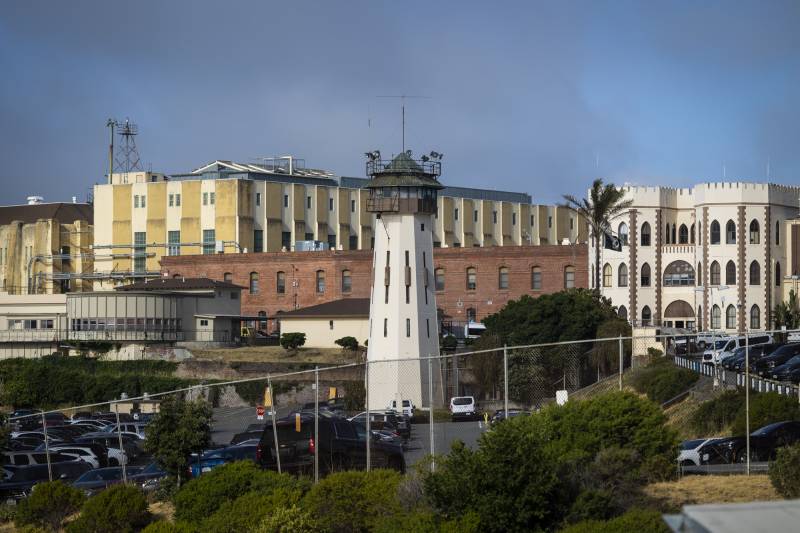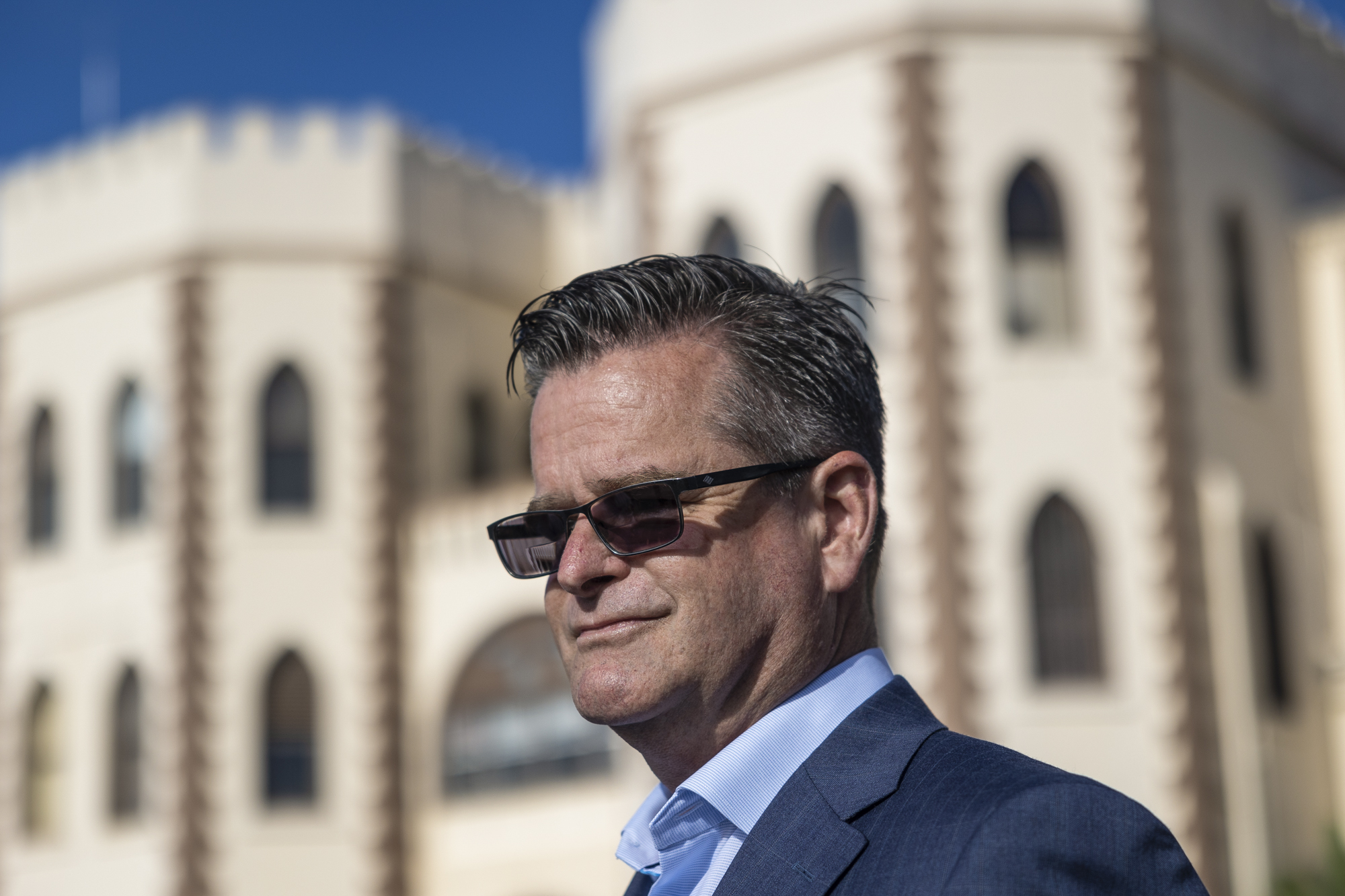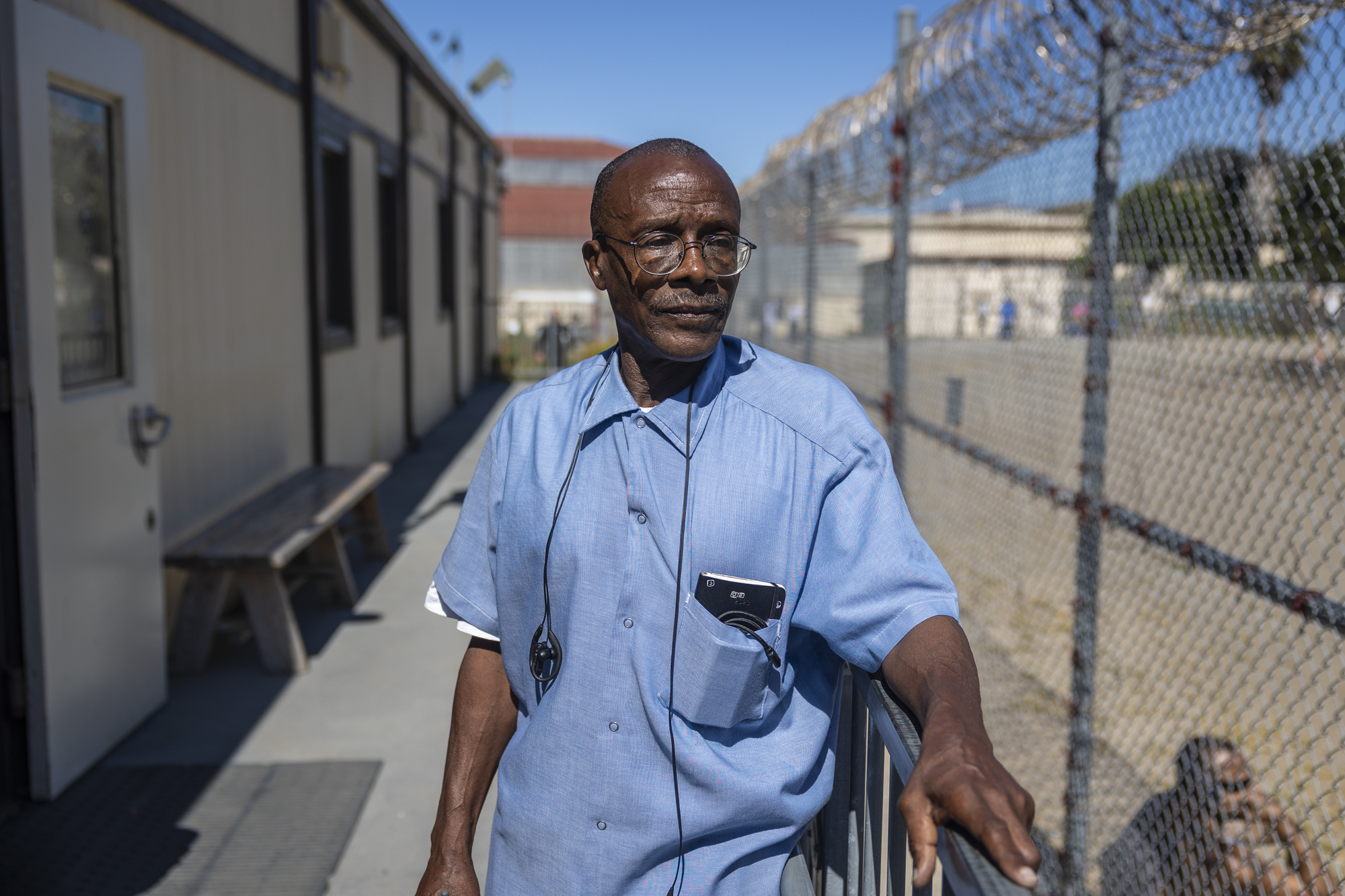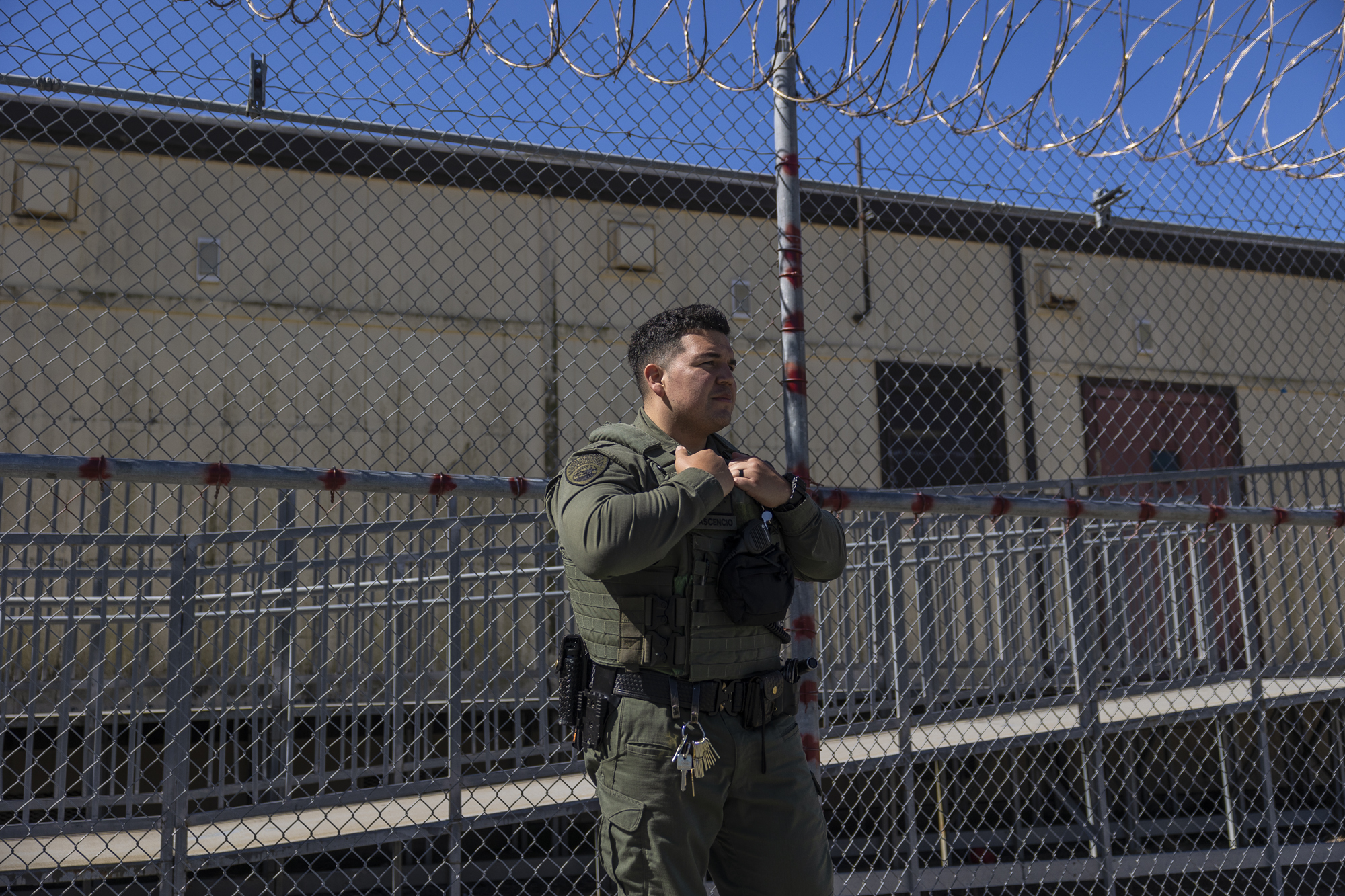Four months after Gov. Gavin Newsom announced an ambitious plan to transform San Quentin State Prison into a model for rehabilitation, reporters got a tour of the penitentiary best known as home to California’s largest execution chamber.
Newsom’s idea: to move condemned incarcerated people to other maximum security prisons in California and transform the prison on the San Francisco Bay into “the nation’s most innovative rehabilitation facility.”
“We want to create an atmosphere where the residents and the correctional officers are interacting as human beings,” said Sacramento Mayor Darrell Steinberg, the governor’s senior advisor on San Quentin’s future, during a walk through the prison this week.
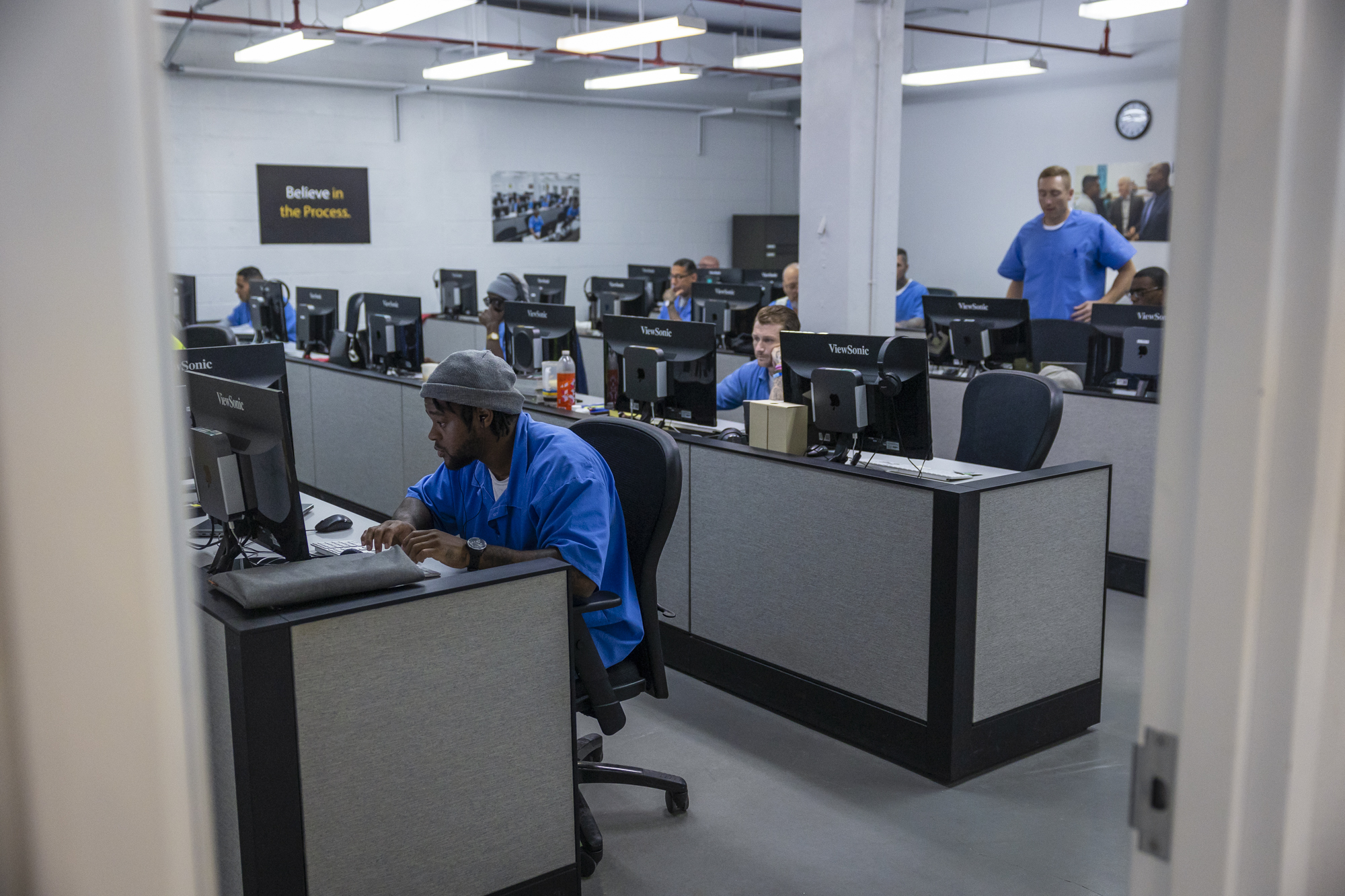
Steinberg and Ron Bloomfield, the prison’s warden, led about a dozen journalists through an update on the reimagined penitentiary that will focus on preparing incarcerated people for life on the outside.
“[It’s] a fundamental change in the way that personnel, starting with correctional officers, are trained and how they are recruited and retained,” Steinberg said.
The Norway model
Newsom’s plan for San Quentin is based largely on the way Norway and other Scandinavian countries approach crime and punishment, through de-emphasizing incarceration and deprivation of rights and prioritizing rehabilitation.
In a recent interview, state Assembly Public Safety Committee Chair Reggie Jones-Sawyer (D-Los Angeles) joked that “it’s my fault” Newsom is using Norway as a model.
A decade ago, Jones-Sawyer traveled to Norway to see how it approaches crime and punishment.
“And so what I learned is it’s completely different from the way we do it,” he said. “The most you can serve, whether you did murder, rape or whatever, you only would do 25 years, which means you’re going to get out, which means we have to rehabilitate this person no matter what in Norway.”

Broomfield, San Quentin’s warden, acknowledged that comparing California to Norway, where the recidivism rate is less than a third of what it is in the United States, “is like comparing a grape to a watermelon,” but he says he’s 100% behind the shift.
The way Broomfield sees it, public safety requires humanizing incarcerated people and giving them real skills they can use once they are paroled.
“And we’re not going to do that by institutionalizing them,” he said. “We’re going to do that by treating them like citizens of our state. Preparing them with opportunities to really produce a better neighbor upon release.”
